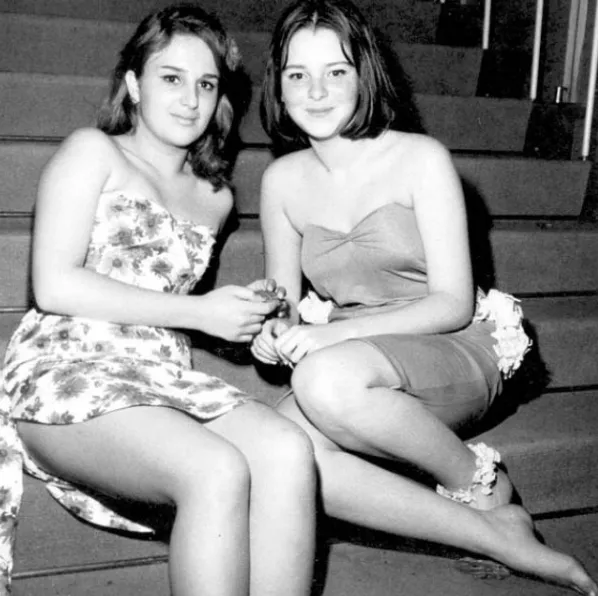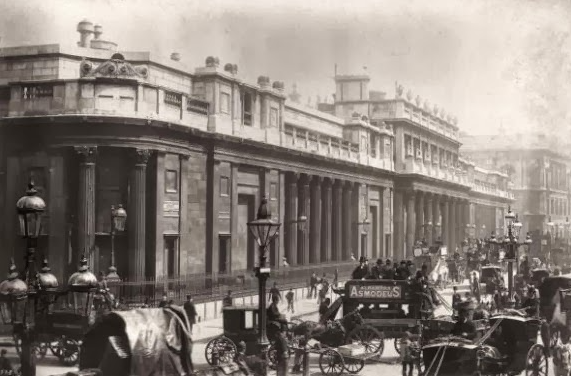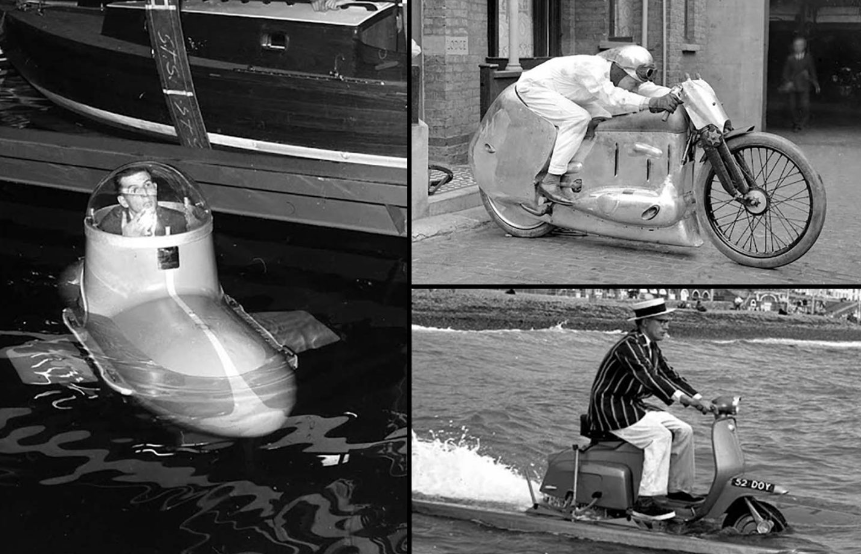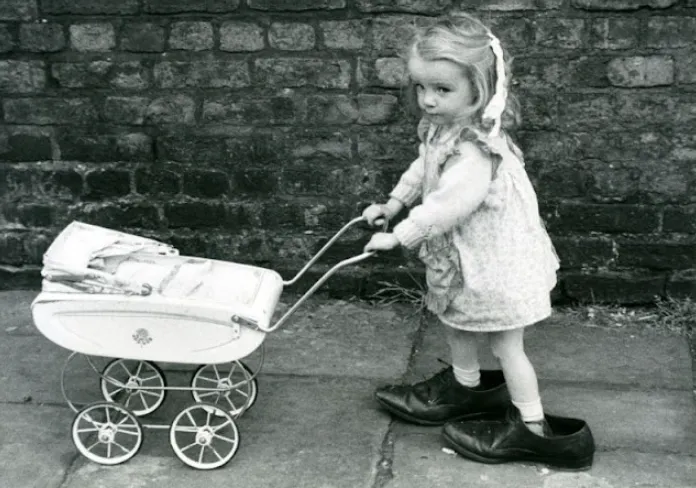Edinburgh in the 1950s was a very different place. After the ravages of war, the International Festival and Military Tattoo was introduced as an antidote to post-war austerity, the new Civic Survey and Plan put forward grandiose recommendations for change, and a new young Queen visited the city.
This was a time when slum housing was a blight on many people's lives, but there was a real sense of community that was ultimately lost in the move to sparkling, modern homes in the new housing estates. People continued to use the trams to travel to work in the many factories or make trips to Portobello for a day of fun, but they were slowly usurped by the car.
It was a glory period for the local football teams, and nights spent dancing or at the pictures were a weekly event. There was still the horse-drawn milk float and children played in streets that were lit by gas. Beautifully illustrated with many previously unpublished photographs, Edinburgh in the 1950s provides an exceptional insight into a time now acknowledged as the end of an era in Edinburgh - for good and for bad.
.jpg) |
| St Cuthberts milk float, 1955 |
.jpg) |
| Hart Street, New Town, c. 1954 |
.jpg) |
| Princes Street, c. 1954 |
.jpg) |
| Princes Street in 1953 |
.jpg) |
| Edinburgh Castle from Princes Street, 1953 |
.jpg) |
| A Sandison & Sons Wool Depot, 1953 |
.jpg) |
| West End, 1953 |
.jpg) |
| Princes Street in 1953 |
.jpg) |
| Three wheeled car on Princes Street, 1953 |
.jpg) |
| Princes Street, 1954 |
.jpg) |
| The Mound in 1950 |
.jpg) |
| Learmonth Avenue View to Fettes College, 1953 |
.jpg) |
| Holycorner, c. 1952 |
.jpg)
|
| Princes Street in 1952 at RW Forsyth corner, S St Andrew Street |
.jpg) |
| Princes Street with coronation decorations in 1953 |
.jpg) |
| West End, 1957 |
.jpg) |
| Speakers corner on the Mound/Princes Street, 1957 |
.jpg) |
| Princes Street, Aug 1958 |
.jpg) |
| Outside Waverley Market on Princes Street, 1958 |
.jpg)
 |
| East End of Princes Street near Woolworths and Waverley Market, 1958 |
.jpg) |
| View towards Arthurs Seat from Blackford Hill Rise, late 1950s |
.jpg)
|
| Princes Street at the junction of St Andrew Street, late 1950s |



